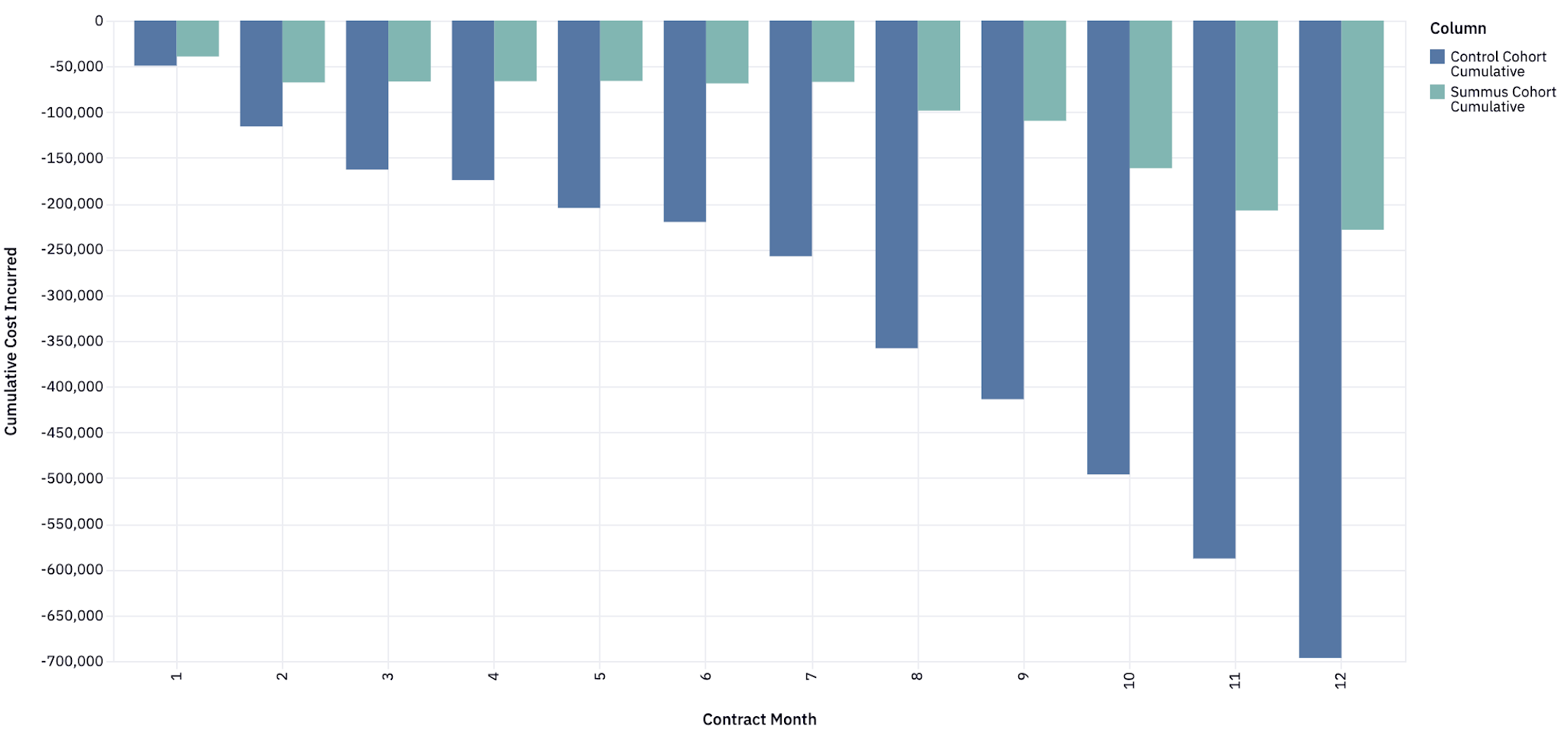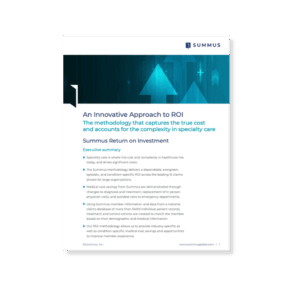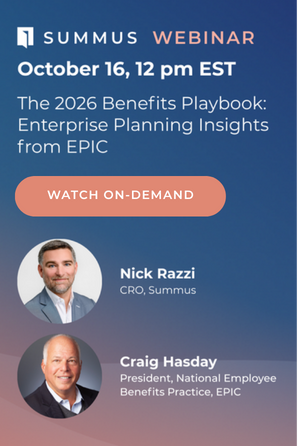In today’s healthcare landscape, the term “Return on Investment” (ROI) is more than just a financial metric—it’s a reflection of value, trust, and efficacy. Yet, measuring ROI in healthcare, especially in the world of specialty care, remains a complex endeavor fraught with challenges.
“At Summus, we’re not just redefining ROI—we’re redefining trust in healthcare solutions.” – Julian Flannery, CEO, Summus
The Complexity of Measuring ROI in Healthcare
Traditional ROI assessments in healthcare often rely on broad trend analyses or aggregate data. While these methods provide a general overview, they frequently overlook the nuances of individual patient journeys and the specific impacts of interventions. This lack of granularity can lead to skepticism among stakeholders, as generic metrics fail to capture the true value of healthcare solutions.
A More Distinctive Approach to ROI
At Summus, we recognize the limitations of conventional ROI methodologies. Our approach is rooted in transparency, specificity, and real-world applicability. Here’s how we differentiate ourselves:
- Condition-Specific Analysis: We focus on the 15 leading categories driving healthcare claims, such as oncology, musculoskeletal, and cardiovascular conditions. By honing in on specific conditions, we can accurately assess the impact of our interventions.
- Episode-Based Evaluation: Instead of relying on long-term trends, we analyze individual episodes of care. This method allows us to isolate the effects of our services, providing a clearer picture of their direct impact.
- Geographic Cost Adjustments: Healthcare costs vary significantly by location. We adjust our analyses based on the member’s zip code, ensuring that our ROI assessments reflect local cost structures.
- Regular Data Refresh: Utilizing data from over 340 million patient journeys, we update our models to reflect the most current information, enhancing the accuracy of our ROI calculations.
- External Validation: Our methodology has been independently validated by Milliman, a leading actuarial firm, affirming the reliability and robustness of our approach.
Real-World Impact
In the first year of implementing Summus, our clients have seen a striking and consistent reduction in healthcare costs. The visual chart we share below isn’t a model or projection—it’s a reflection of real member cases across employers and risk-bearing entities.

- Each blue bar represents a path that would have unfolded without Summus: care that, on average, would have cost nearly $700,000.
- Each teal bar shows what happened with Summus: thoughtful, doctor-guided interventions that brought those costs down to roughly $230,000.
That’s a nearly 70% reduction—without compromising on care quality, speed, or outcomes.
This chart represents more than numbers. It’s tangible proof that our physician model works. It reflects our pride in building a solution that doesn’t just promise value—we demonstrate it, clearly and confidently. In a system full of noise and complexity, we are proud to walk the talk and offer a trusted, high-impact approach that truly changes the cost trajectory for our partners.
Building Trust Through Transparency
In an industry where skepticism towards ROI claims is prevalent, our commitment to honest, reliable, and replicable methodologies sets us apart. We believe that transparency is paramount, and our clients can trust that our ROI assessments are grounded in real data and reflective of true outcomes.
Conclusion
Measuring ROI in healthcare doesn’t have to be an opaque process. By focusing on condition-specific, episode-based analyses and ensuring continuous data updates, we provide our clients with a clear, accurate understanding of the value we deliver.
At Summus, we’re not just redefining ROI—we’re redefining trust in healthcare solutions

For more insights into our ROI methodology, please refer to our detailed brief: Summus ROI Methodology Brief.





